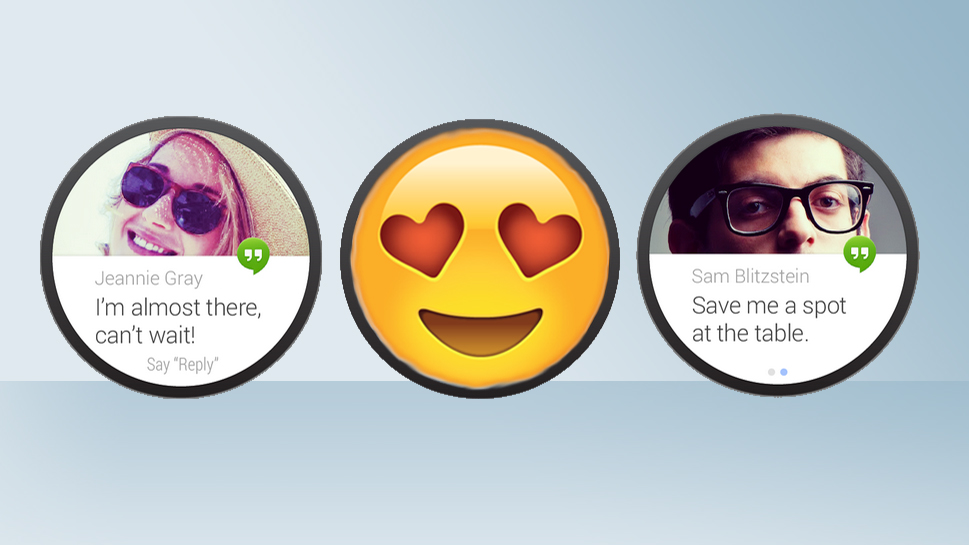Google just made some wearable tech I actually want
Now to ditch the voice control...

This week, Google made its move into wearables. Where some would-be rivals have set about making smart watches or wristbands with varying levels of functionality and even more varying looks, Google seems to be taking a broader view.
Android Wear isn't a watch (although all current Wear devices are watch shaped) but a version of the Android operating system aimed at wearable devices of all kinds. It uses a slimmed down UI geared towards delivering information with simple touch and voice controls.
The problem that almost all wearable devices, particularly smart watches, have faced is how to provide a useful computing device in a tiny form, while still keeping it useable. Early adopters of smart watches have had to deal with fiddly buttons and tiny screens that serve as funnels for output which would be just about readable on a phone.
But by taking its existing Google Now product and making it the basis of the Android Wear platform, Google may finally have cracked the problem.
Shut up, voice control
There is one fly in the wearable ointment, however.
Voice control is still a fundamentally ridiculous way to operate a device. Try to think of the last time you saw someone using Siri or Google Voice Search in public. Assuming you ever have, were they wincing a bit? Looking slightly embarrassed? Nobody is going to start talking to their watch.
Not. Going. To. Happen.
Get daily insight, inspiration and deals in your inbox
Sign up for breaking news, reviews, opinion, top tech deals, and more.
Bluetooth has been around since the mid 90s but, until you see that tell-tale nubbin in the ear, most people's first thought when they see someone talking hands-free is "uh-oh, looks like someone's off their meds." - and that's talking on the phone, where there is clearly a person at the other end of the conversation.
The average Brit would rather self-immolate than talk to a stranger on the bus. Having to speak out loud to your clothes or accessories in public is still way outside most people's comfort zone.
That's not to say that people don't use voice control. It's just that many of the use cases that you see in the demos and adverts for phones and wearables are unlikely to transfer well to a real world populated people with normal (or British) levels of shame.
The beauty of Android Wear is that you don't have to commit to talking to your smartwatch or poking it with a fine-pointed stylus in order for it to become useful, Google Now just is.
Providing you are comfortable with the many trespasses against your privacy that Google commit in order to mine your personal data (and you are, or you wouldn't be using the Google ecosystem) then it can keep providing you with useful, context-aware information. This information will be accessible using the same glance to your wrist that you would use to tell the time.
Google Now has been honed on the last couple of Android generations. In its current incarnation as part of the Nexus 5's launcher it has quietly become rather good at suggesting the information that you need at a given moment without you searching for it.
It's still not perfect (suggestions of public transport routes to places you accidentally Googled don't really help anyone) but when it works, it works well. Above all, it works passively, meaning you get a lot of use from a Google Wear device without having to actually do much at all.
Yes, Google Wear devices will still let you swipe to switch modes and see more information. You can even reply to texts with your voice if you really must.
But the real reason this will succeed is that Google has realised that what you really want to do with a watch is glance at it occasionally.